-
 Bitcoin
Bitcoin $119100
-2.16% -
 Ethereum
Ethereum $4300
-0.31% -
 XRP
XRP $3.171
-2.99% -
 Tether USDt
Tether USDt $1.000
-0.01% -
 BNB
BNB $814.1
-1.33% -
 Solana
Solana $176.5
-4.67% -
 USDC
USDC $0.0000
0.00% -
 Dogecoin
Dogecoin $0.2267
-5.83% -
 TRON
TRON $0.3465
2.15% -
 Cardano
Cardano $0.7870
-4.98% -
 Chainlink
Chainlink $21.66
-2.27% -
 Hyperliquid
Hyperliquid $43.89
-4.62% -
 Stellar
Stellar $0.4414
-3.35% -
 Sui
Sui $3.707
-6.73% -
 Bitcoin Cash
Bitcoin Cash $599.1
3.73% -
 Hedera
Hedera $0.2504
-6.96% -
 Ethena USDe
Ethena USDe $1.001
-0.01% -
 Avalanche
Avalanche $23.21
-4.99% -
 Litecoin
Litecoin $121.1
-3.55% -
 Toncoin
Toncoin $3.415
0.45% -
 UNUS SED LEO
UNUS SED LEO $9.002
-1.24% -
 Shiba Inu
Shiba Inu $0.00001314
-5.43% -
 Uniswap
Uniswap $11.45
1.63% -
 Polkadot
Polkadot $3.926
-5.37% -
 Cronos
Cronos $0.1694
1.63% -
 Ethena
Ethena $0.8117
-2.35% -
 Dai
Dai $1.000
0.00% -
 Bitget Token
Bitget Token $4.422
-1.43% -
 Monero
Monero $264.2
-0.83% -
 Pepe
Pepe $0.00001137
-8.29%
What is Security Token Offering (STO)?
Security Token Offerings (STOs) are regulated fundraising methods using blockchain to issue digital tokens representing fractional ownership, offering investors transparency and potentially lucrative returns, unlike the often unregulated Initial Coin Offerings (ICOs).
Mar 12, 2025 at 02:05 pm
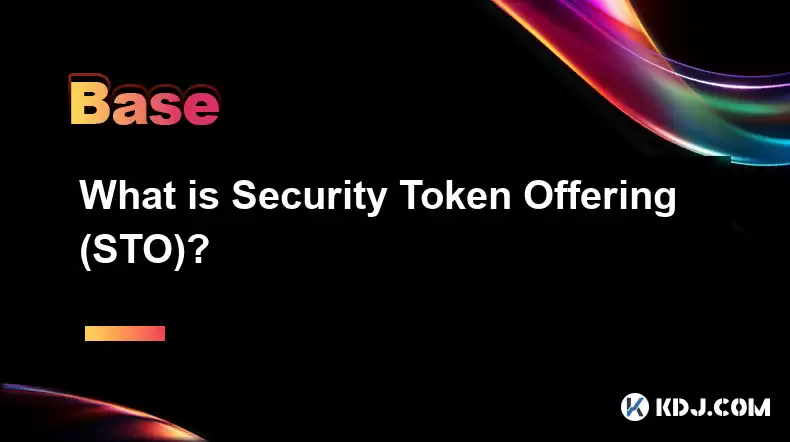
Key Points:
- Security Token Offerings (STOs) are a type of fundraising where digital tokens representing ownership in a company or asset are sold.
- STOs are regulated offerings, unlike many Initial Coin Offerings (ICOs), aiming to comply with securities laws.
- STOs offer investors a chance to participate in potentially lucrative ventures with regulated transparency.
- The process of issuing and trading STOs involves several key players and technological infrastructure.
- Regulatory compliance adds complexity but also enhances investor confidence and protection.
What is Security Token Offering (STO)?
A Security Token Offering (STO) is a fundraising mechanism where companies issue digital tokens representing fractional ownership or other security interests in their assets or business. Unlike Initial Coin Offerings (ICOs), which often lacked regulatory oversight, STOs are designed to comply with existing securities laws. This compliance aims to offer investors a greater degree of protection and transparency. The tokens themselves are built on blockchain technology, leveraging its security and efficiency.
How do STOs differ from ICOs?
The primary difference lies in regulation. ICOs, for the most part, operated outside established securities frameworks, leading to considerable uncertainty and risk for investors. STOs, on the other hand, are structured to adhere to legal requirements for securities offerings, which vary by jurisdiction. This usually involves registration with relevant regulatory bodies and disclosure of comprehensive information to potential investors. The legal frameworks surrounding STOs significantly reduce the risk of scams and fraudulent activities that plagued many ICOs.
What are the benefits of STOs for issuers?
Issuers benefit from the potential to raise capital more efficiently than through traditional methods. The blockchain facilitates faster and more transparent transactions. STOs can also attract a wider range of investors, both institutional and retail, who are comfortable with digital assets and blockchain technology. Furthermore, STOs allow for greater control over token distribution and secondary market trading, potentially increasing long-term value for both the company and its investors.
What are the benefits of STOs for investors?
Investors benefit from the increased regulatory oversight and transparency that comes with STOs. The regulated nature provides a level of comfort and security not typically found in unregulated ICOs. Access to fractional ownership of assets can also be beneficial, allowing investors to participate in projects they might not be able to afford otherwise. Finally, the liquidity provided by regulated secondary markets allows investors to more easily buy and sell their security tokens.
How does the process of issuing an STO work?
The process typically involves several steps:
- Legal Compliance: Determining the applicable securities laws and ensuring compliance throughout the process. This often involves legal counsel specializing in securities law and blockchain technology.
- Token Design and Development: Defining the token's characteristics, including its rights and privileges, and developing the smart contracts that govern its functionality.
- Blockchain Selection: Choosing a suitable blockchain platform to host the tokens. Considerations include scalability, security, and regulatory compliance of the chosen platform.
- Investor Accreditation: Verifying the investor's eligibility based on applicable securities regulations. This may involve KYC (Know Your Customer) and AML (Anti-Money Laundering) checks.
- Marketing and Sales: Marketing the STO to potential investors, which might involve various digital marketing channels and direct outreach.
- Token Distribution: Distributing the tokens to investors upon successful completion of the offering.
- Ongoing Compliance: Maintaining ongoing compliance with applicable regulations and reporting requirements.
What are the risks involved in STOs?
Despite the increased regulatory oversight, STOs still carry inherent risks. The underlying asset's value can fluctuate significantly, potentially leading to losses for investors. The technology itself can also be vulnerable to hacking or other security breaches, although this risk is mitigated through robust security protocols. Market volatility can affect the liquidity of security tokens, making it difficult to sell them at desirable prices. Finally, regulatory changes can also impact the value and tradeability of STOs.
What is the role of technology in STOs?
Blockchain technology plays a crucial role in enabling the functionality of STOs. Smart contracts automate the issuance, distribution, and management of tokens. The transparent and immutable nature of the blockchain enhances trust and accountability. Furthermore, blockchain technology facilitates the creation of secondary markets for the trading of security tokens. Various blockchain platforms, each with its own strengths and weaknesses, are used for hosting STOs.
What are the regulatory aspects of STOs?
STOs are subject to various securities regulations, which vary widely depending on the jurisdiction. These regulations often cover areas such as investor protection, disclosure requirements, and anti-money laundering measures. Compliance with these regulations is crucial for the success and legitimacy of an STO. Failure to comply can lead to significant legal and financial repercussions. The regulatory landscape surrounding STOs is still evolving, and staying informed about updates is crucial for both issuers and investors.
Common Questions and Answers:
Q: Are STOs suitable for all investors?
A: No, STOs are typically only suitable for accredited investors, due to the regulatory requirements and the inherent risks involved. Accredited investors typically have higher net worth or income levels.
Q: How liquid are security tokens?
A: The liquidity of security tokens varies depending on factors such as the underlying asset, the volume of trading, and the regulatory environment. Some STOs may offer relatively high liquidity through established secondary markets, while others may have limited liquidity.
Q: What are the fees associated with STOs?
A: Fees associated with STOs can vary significantly, depending on factors such as legal fees, blockchain platform fees, and marketing costs. It's essential to thoroughly understand all fees before participating in an STO.
Q: What happens if the underlying asset of an STO fails?
A: If the underlying asset of an STO fails, investors could lose a portion or all of their investment. The level of risk depends on the specific terms of the STO and the nature of the underlying asset.
Disclaimer:info@kdj.com
The information provided is not trading advice. kdj.com does not assume any responsibility for any investments made based on the information provided in this article. Cryptocurrencies are highly volatile and it is highly recommended that you invest with caution after thorough research!
If you believe that the content used on this website infringes your copyright, please contact us immediately (info@kdj.com) and we will delete it promptly.
- Dogecoin, Presale, Surge: Riding the Meme Coin Wave
- 2025-08-12 11:10:12
- Dogecoin, Tron, and the ROI Reality Check: What's a Crypto Investor to Do?
- 2025-08-12 11:15:12
- Ethereum Layer-2 Scaling Competition Heats Up as ETH Breaks $4K
- 2025-08-12 10:30:12
- China Regulation, Stablecoins, and BNB Presale: Navigating the Crypto Landscape
- 2025-08-12 11:30:12
- Meme Coins, Investment, and Token Burns: What's Hot in 2025?
- 2025-08-12 10:30:12
- BlockDAG, Chainlink, Hedera: The Cryptos Enterprises are Eyeing
- 2025-08-12 09:30:12
Related knowledge
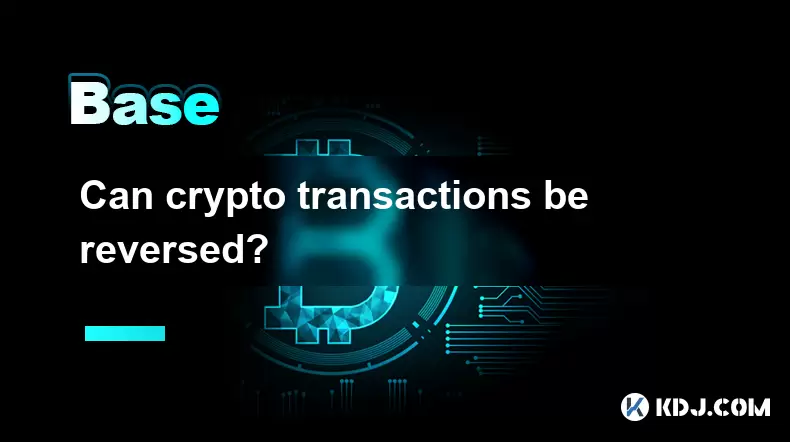
Can crypto transactions be reversed?
Aug 10,2025 at 01:35am
Understanding the Immutability of Blockchain TransactionsCryptocurrency transactions are built on blockchain technology, which is designed to be immut...
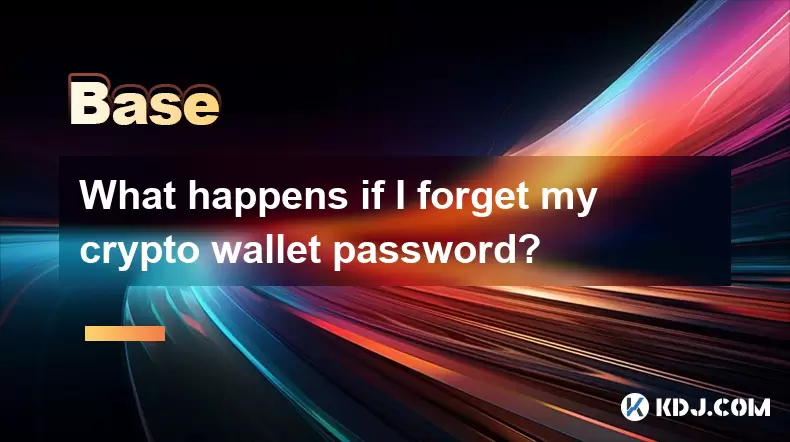
What happens if I forget my crypto wallet password?
Aug 09,2025 at 08:50am
Understanding the Role of a Crypto Wallet PasswordA crypto wallet password serves as a critical security layer that protects access to your digital as...
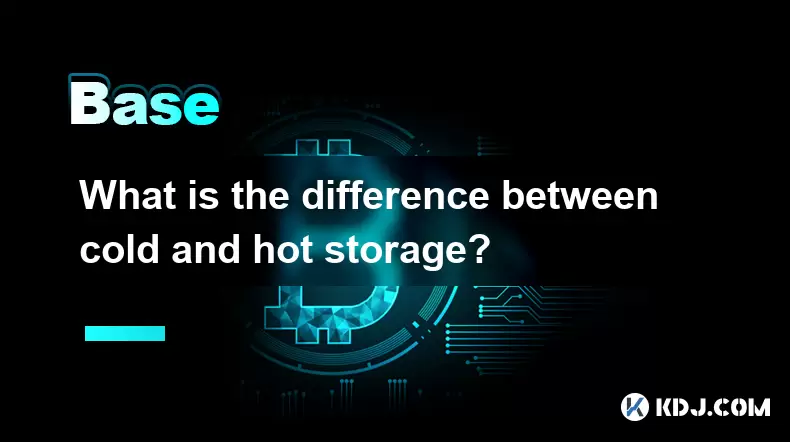
What is the difference between cold and hot storage?
Aug 12,2025 at 01:01am
Understanding Cold Storage in CryptocurrencyCold storage refers to offline methods of storing cryptocurrency private keys, ensuring they are not expos...
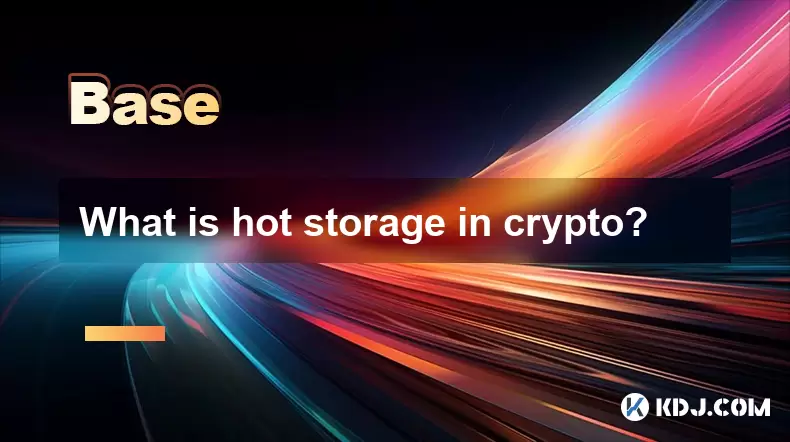
What is hot storage in crypto?
Aug 11,2025 at 07:08am
Understanding Hot Storage in CryptocurrencyHot storage refers to cryptocurrency wallets that are connected to the internet. Unlike cold storage soluti...
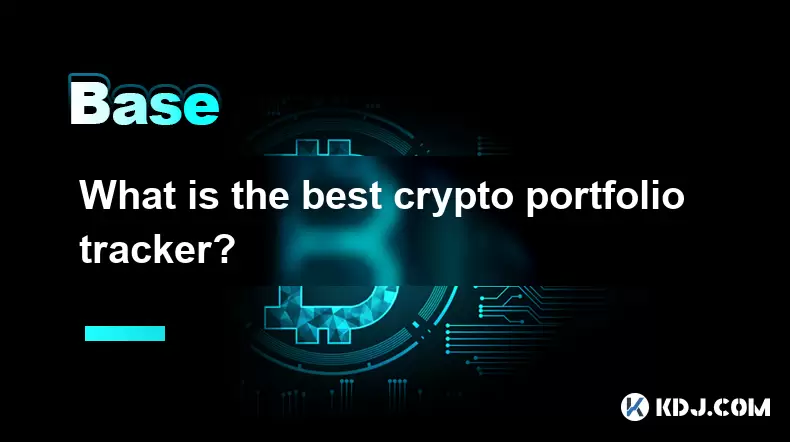
What is the best crypto portfolio tracker?
Aug 10,2025 at 05:08am
Understanding the Role of a Crypto Portfolio TrackerA crypto portfolio tracker is a digital tool designed to help investors monitor the performance of...
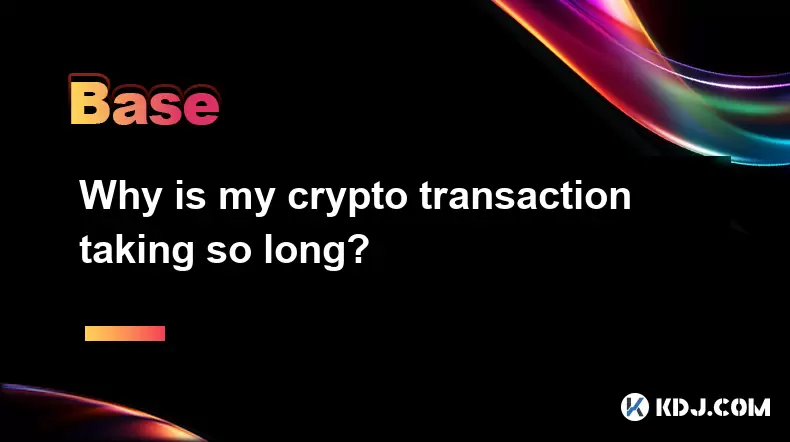
Why is my crypto transaction taking so long?
Aug 11,2025 at 11:35am
Understanding Blockchain Network CongestionWhen a crypto transaction is delayed, one of the most common causes is network congestion on the blockchain...

Can crypto transactions be reversed?
Aug 10,2025 at 01:35am
Understanding the Immutability of Blockchain TransactionsCryptocurrency transactions are built on blockchain technology, which is designed to be immut...

What happens if I forget my crypto wallet password?
Aug 09,2025 at 08:50am
Understanding the Role of a Crypto Wallet PasswordA crypto wallet password serves as a critical security layer that protects access to your digital as...

What is the difference between cold and hot storage?
Aug 12,2025 at 01:01am
Understanding Cold Storage in CryptocurrencyCold storage refers to offline methods of storing cryptocurrency private keys, ensuring they are not expos...

What is hot storage in crypto?
Aug 11,2025 at 07:08am
Understanding Hot Storage in CryptocurrencyHot storage refers to cryptocurrency wallets that are connected to the internet. Unlike cold storage soluti...

What is the best crypto portfolio tracker?
Aug 10,2025 at 05:08am
Understanding the Role of a Crypto Portfolio TrackerA crypto portfolio tracker is a digital tool designed to help investors monitor the performance of...

Why is my crypto transaction taking so long?
Aug 11,2025 at 11:35am
Understanding Blockchain Network CongestionWhen a crypto transaction is delayed, one of the most common causes is network congestion on the blockchain...
See all articles

























































































